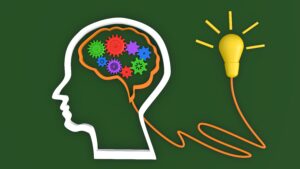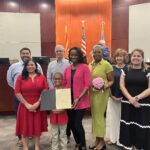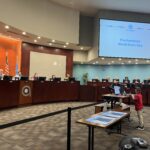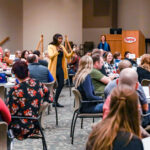“Why is music separate from math time?” a student once asked with a furrowed brow. “Aren’t they all the same? Isn’t music, math—and math, music?”
Mic drop. At just eight years old, she cracked the code on what many educational systems are just now realizing: the future of learning is integration.
She wrapped it all up with this zinger:
“Music and math, and the rest of the subjects, are a lot more squishy in real life than in school.”
Squishy. And brilliant.
So why do we keep subjects in their tidy boxes? Why do we pretend learning happens in isolated silos when real life throws us beautiful, messy, overlapping lessons?
True innovation happens when we cross boundaries—combining disciplines, engaging multiple senses, and activating the whole brain-body system. It’s not just about reading about flowers. It’s about touching, smelling, drawing, and even composing the symphony of a flower.

This neurosomatic approach—engaging the mind, brain, and body—is how we turn content into connection, and knowledge into wisdom. It’s not enough to know facts. We need to synthesize them. We need to emboidy them.
Can your students dance the phases of the moon? Could your team paint the quarterly report? Can you sing the leadership lessons from ‘Purple Rain’?
Now we’re talking creative understanding.
Today’s world needs synthesizers—people who can see patterns across different fields and pull together insights in innovative ways. These are polymaths, people who “know much” and more importantly, connect what they know.
So yes—math is music. Science is storytelling. Nature is design. And the most successful thinkers of the future will be those who can see the hidden threads that bind them all together.




